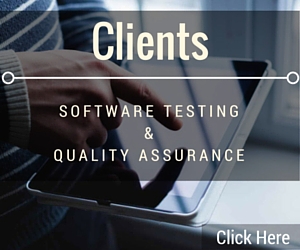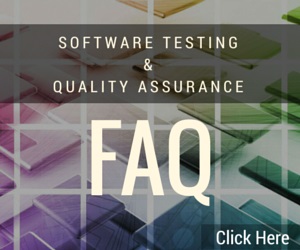As fall comes in full swing, e-commerce businesses are gearing up for a significant spike in traffic and sales. The advent of the holiday shopping season brings with it immense opportunities, but also challenges. Ensuring your website is primed to offer a seamless, efficient, and enjoyable shopping experience is paramount. At the heart of this preparation lies an often-underestimated component – Quality Assurance (QA) testing. Here’s a deep dive into effective QA testing strategies to enhance user experience and, in turn, boost your e-commerce sales this fall.
Identifying Key Performance Indicators (KPIs)
Before delving into specific testing strategies, identifying the KPIs that align with your business goals is critical. These could range from load time and conversion rates to bounce rates and shopping cart abandonment rates. Having a clear understanding of these KPIs enables a targeted approach to QA testing, focusing on areas that directly impact customer experience and sales.
Load and Stress Testing
As traffic surges, the last thing you want is a slow or, worse, unresponsive website. Load and stress testing are essential to simulate various levels of traffic, assessing how your e-commerce platform performs under pressure. This process helps identify bottlenecks and performance issues, offering insights into necessary optimizations to ensure a smooth user experience even during peak traffic.
Usability Testing
A user-friendly interface is key to keeping potential customers engaged and driving them towards conversion. Usability testing involves assessing the website’s design, navigation, and overall user experience. It ensures that customers can easily find products, add them to the cart, and complete purchases without hassles. Real user testing and A/B testing can provide invaluable insights into user behavior and preferences, paving the way for enhancements that align with customer expectations.
Security Testing
The influx of online shoppers also attracts cybercriminals. Security testing is paramount to identify potential vulnerabilities and reinforce the security framework of your e-commerce platform. Ensuring data privacy and transaction security not only protects your business from potential breaches but also builds customer trust – a crucial factor in driving conversions.
Mobile Optimization Testing
With a substantial proportion of shoppers preferring to shop via mobile devices, ensuring your e-commerce platform is optimized for mobile is non-negotiable. Mobile optimization testing evaluates the site’s responsiveness, layout, functionality, and performance on various devices and operating systems. The goal is to offer a seamless mobile shopping experience, encouraging mobile users to explore, engage, and purchase.
Accessibility Testing
Inclusivity should be at the core of every e-commerce business. Accessibility testing ensures your website is navigable and usable for people with disabilities, widening your customer base. Adhering to the Web Content Accessibility Guidelines (WCAG) not only enhances user experience for all but also fosters a positive brand image.
Continuous Monitoring and Feedback Integration
QA testing isn’t a one-off task. Continuous monitoring and the integration of real-time user feedback are essential to identify and address emerging issues promptly. As the shopping season evolves, user behavior, preferences, and traffic patterns may shift, and staying attuned to these changes allows for dynamic adjustments to optimize user experience and sales.
As you prepare for your online shoppers, make sure you have the right QA testers by your side. Contact Beta Breakers today to learn more.

 With Experience in Quality Assurance & Testing Desktop Software, Mobile Apps, Websites & Web Applications for Nearly 30 Years, Beta Breakers has become the Premier Software Quality Assurance Labs and Application-Testing Provider -
With Experience in Quality Assurance & Testing Desktop Software, Mobile Apps, Websites & Web Applications for Nearly 30 Years, Beta Breakers has become the Premier Software Quality Assurance Labs and Application-Testing Provider - 

Leave a Reply